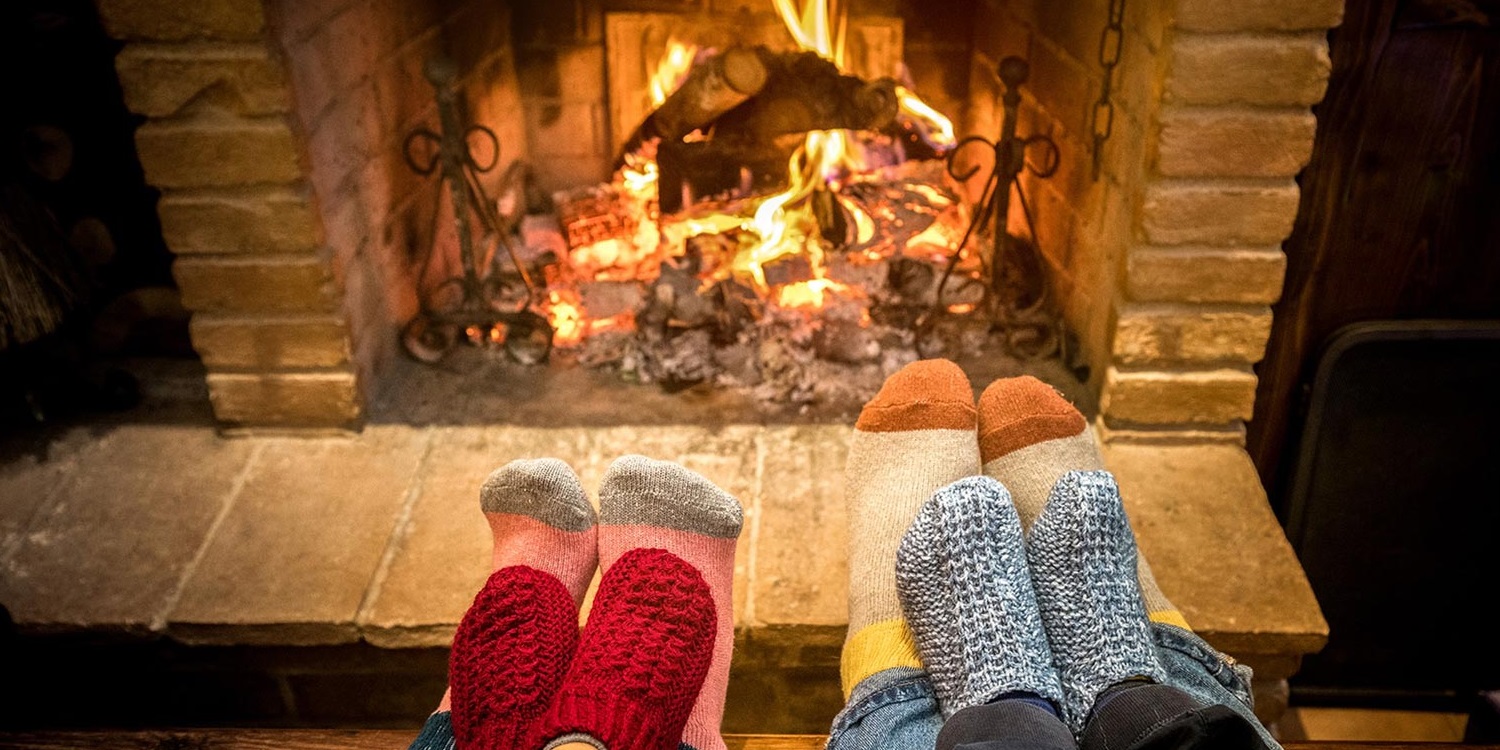
It’s a universal truth that even the most passionate chefs and home cooks sometimes lack the time or energy to prepare a homemade dinner for themselves. In such moments of culinary fatigue, high-quality jarred sauces emerge as the ultimate saviors. However, after popping open the jar, an enthusiast can give it that cherished homemade touch.
Store Pasta Sauce Turned Homemade
Step one of turning store-bought sauce into gourmet perfection is to select the right sauce as your starting point. If you’re starting out, experiment with a tomato sauce, which will offer maximum flexibility when you start adding extra ingredients. If you’re more experienced, try out some creamy or pesto sauces for a different flavor profile.

Many simple sauces, such as marinara or Alfredo, lack a crucial component – protein. If you’re up for some sautéing, consider browning ground meat, chopped bacon or pancetta, slices of raw Italian sausages, or cubes of salami to bulk out your sauce into something more nutritious and filling.
For a healthier result, drain any excess fats before introducing your selected sauce, but be aware that this may reduce the flavor of the meat. If you’re leaning towards vegetarian or vegan options, toss in a drained can of beans, chickpeas, or quinoa.
A Diverse Range of Sauce Options
The inclusion of fresh herbs can work wonders in any pasta sauce. Basil is a staple for most sauces — while thyme, rosemary, and oregano also add a lot of flavor. Fresh parsley and chives are also great options.

To add some truly Italian-style aromas to your sauce, simply chop and add onion, shallots, and garlic — which only takes a few minutes. Meanwhile, counteract the acidic aftertaste with a splash of high-quality extra virgin olive oil, cream, a spoonful of ricotta, or even butter for a smoother, soupier consistency. For those seeking an umami kick without adding meat, add some beef stock or a bouillon cube or paste to round out the flavor.
Some Indoor Wood-Burning Fireplace Safety Tips for Beginners
Cozy wood-burning fireplaces can add a touch of ambiance and warmth to your home, but it’s important to remember that they can also be dangerous. Heating equipment is one of the leading causes of fires in American households. To ensure the safety of an indoor wood-burning fireplace, here are a few helpful tips.
Fireplace Safety Tips

To ensure the safety of an indoor wood-burning fireplace, it is a good idea to have both the fireplace and the chimney professionally inspected regularly. This is an important part of proper fireplace maintenance and can help prevent house fires caused by chimney defects or excessive soot buildup. The cost of a chimney sweep inspection is a small price to pay for the peace of mind and protection it offers. Remember, when there is a fire, there is always a small amount of soot that accumulates in the chimney. If the wood that has a high moisture content burns frequently, there will be more soot produced because the fire does not burn as hot, allowing more soot to rise to the chimney and accumulate. This buildup can potentially catch fire and cause a dangerous chimney fire.
The Chimney Is Also Important

Another essential thing to keep in mind is to make sure your carbon monoxide detectors are functioning properly. If the flue accidentally closes while the fire is dying down and using up the oxygen in the house, the carbon monoxide detector will alert you to the danger. It is also a good idea to use a screen in front of the fireplace, particularly when the room is unoccupied. If you do choose to remove the screen while someone is in the room, it is important to be aware of the potential risks.

To keep the indoor wood-burning fireplace safe, it is important to use kiln-dried or fresh, dry wood. Wet or rotted wood can contain pockets of moisture that can explode when burned, sending hot pieces of wood flying into the room. Before starting a fire, a double check that the flue is fully open is also necessary. If the flue is not open when the fire is hot and blazing, it can be difficult to open it, potentially resulting in a roaring fire with smoke and flames entering the room.
Using a high-quality grate or fireplace andirons is important for safety. These items help prevent logs from rolling out of the fireplace and causing a potential hazard. Low-quality grates can melt and droop over time, allowing logs to roll off the front. Andirons, which are a pair of solid bracket supports, can be used to securely hold logs in place in an open fireplace.